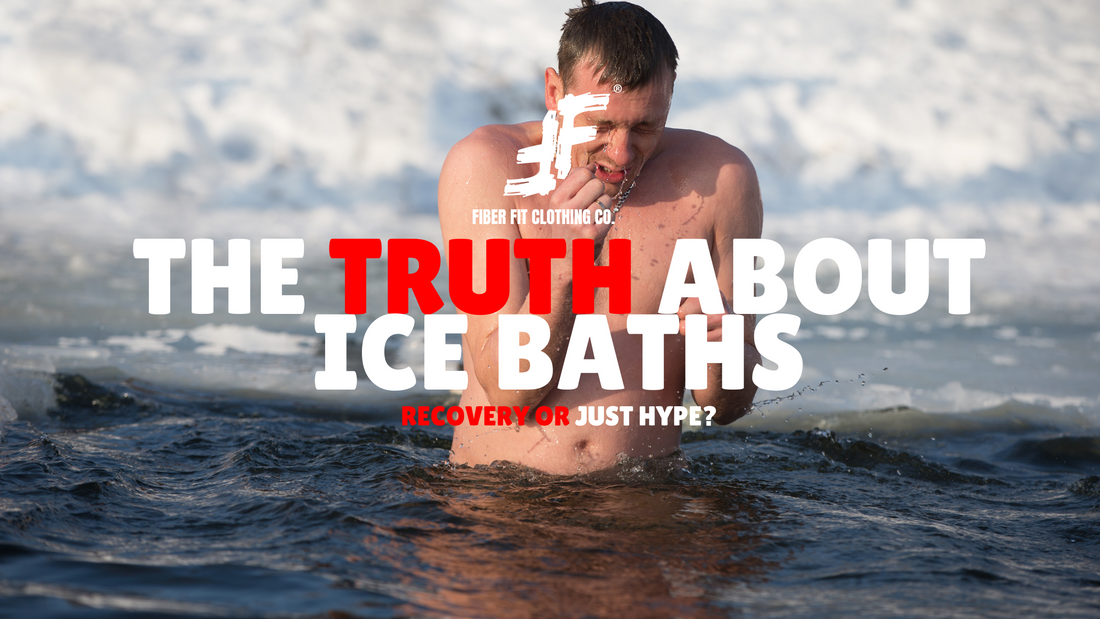
Read This Before You Jump In Ice! : Fact vs Fiction
Share
Keywords: cold water immersion, ice baths for recovery, muscle soreness relief, cold therapy for athletes, cold plunge benefits, post workout recovery methods, athletic performance recovery, sports recovery techniques
_________________________________________________________________
Cold water immersion (CWI), popularly known as ice baths, has become a staple recovery method among athletes, bodybuilders, and fitness enthusiasts.
The idea of plunging into ice cold water promises reduced soreness, faster recovery, and even enhanced performance. But does science back these claims? Recent research sheds light on the true effects of CWI, and some findings might surprise you.
What Is Cold Water Immersion (CWI)?
Cold water immersion involves submerging the body in cold water (usually 1015°C) for 10-15 minutes after intense exercise.
The perceived benefits include:
✅ Reduced Muscle Soreness (DOMS) ✅ Faster Recovery✅ Reduced Inflammation ✅ Enhanced Athletic Performance.
But are these claims entirely accurate? Let's explore the research.

What Does Science Say About Cold Water Immersion?
Recent studies from Queensland University of Technology (Australia) and the European Journal of Sport Science have explored CWI’s effects on muscle recovery, inflammation, and even long term gains. Here’s what the evidence shows
- Cold Water and Inflammation
💡 Fact Check: Contrary to popular belief, CWI does not reduce inflammation after exercise.
According to the Peake et al. (2016) study, CWI did not lower inflammation markers such as neutrophils, macrophages, or cytokines. These are critical for muscle repair after intense workouts. Active recovery (like cycling or walking) performed just as well as CWI when reducing inflammation.
- Muscle Growth and Recovery
💡 Fact Check: CWI may actually reduce muscle growth.
A systematic review published in the European Journal of Sport Science revealed that CWI blunts muscle protein synthesis, delaying muscle repair and growth. This is due to the reduced blood flow and decreased activity of proteinbuilding pathways, making it counterproductive for hypertrophy.
- Muscle Soreness Relief
💡 Fact Check: CWI can reduce muscle soreness, but it’s not due to reduced inflammation.
CWI numbs nerves, reducing the sensation of pain rather than directly healing the muscles. This can make athletes feel better and ready to train again sooner—but the underlying damage remains.

Cold Water Immersion: Pros & Cons for Athletes
✅ When to Use CWI:
- After intense competitions or back to back training sessions.
- For quick soreness relief before another performance.
- In sports where performance is more important than long term muscle growth.
❌ When to Avoid CWI:
- If your goal is muscle hypertrophy (muscle growth).
- During a bulking phase or intense resistance training program.
Alternatives to Ice Baths for Recovery
Not a fan of icy plunges? Here are some proven alternatives:
- 🔥 Active Recovery: Light cycling, stretching, or yoga.
- 🧘 Foam Rolling: Reduces muscle stiffness and promotes blood flow.
- 💧 Hydration & Nutrition: Water, electrolytes, and protein rich meals.
- 💤 Sleep & Rest Days: Still the #1 recovery method.
Useful or Overrated?
Cold water immersion is not a miracle fix. While it may help athletes in competition by reducing soreness, its long-term effects on muscle growth are questionable. If you're aiming for maximum gains, focus on active recovery, nutrition, and smart training instead. But if you're prepping for a competition or facing a brutal training week, a quick ice bath might still be worth a try.
________________________________________________________________
Ready to Gear Up for the Gym?





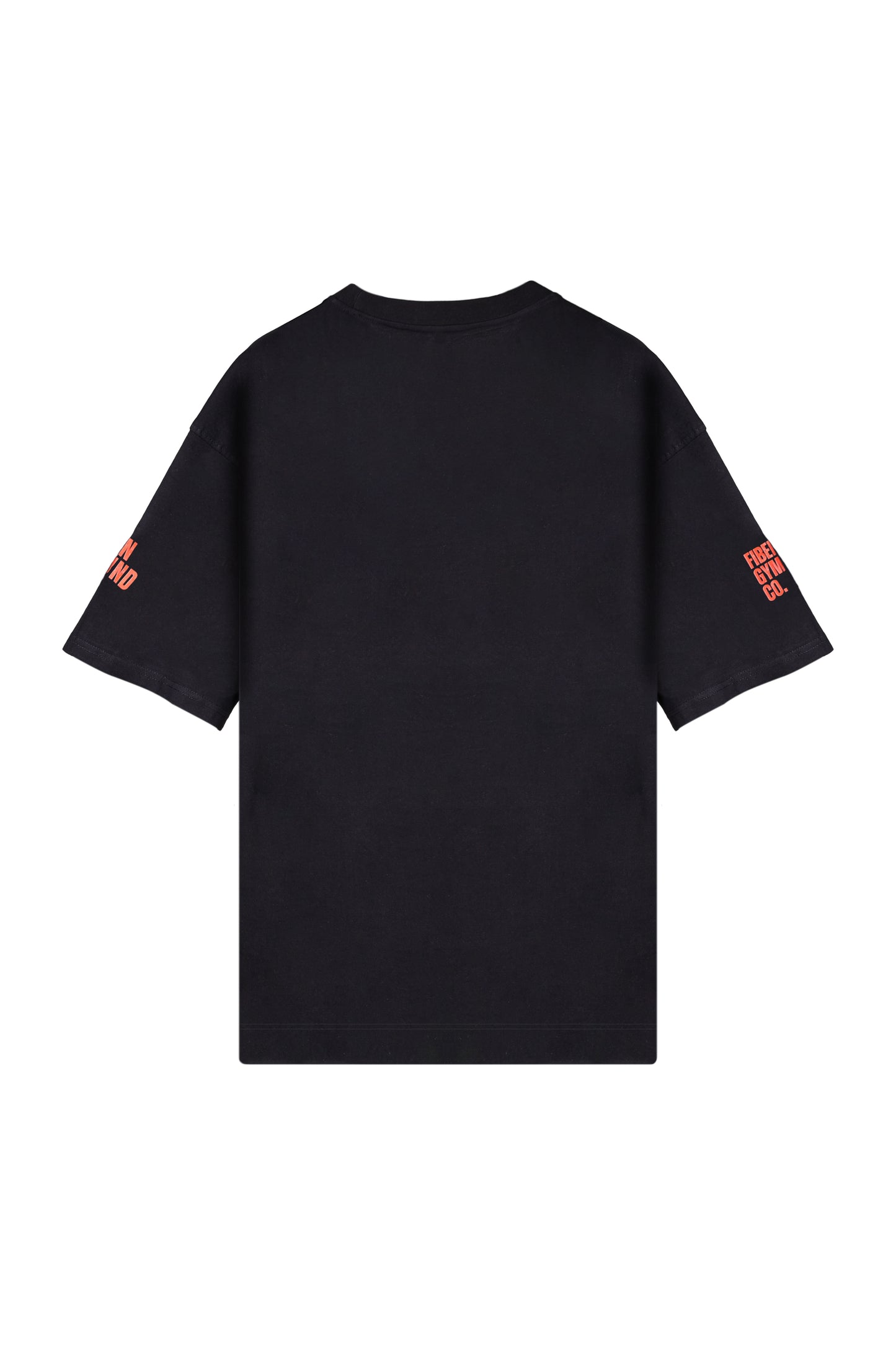
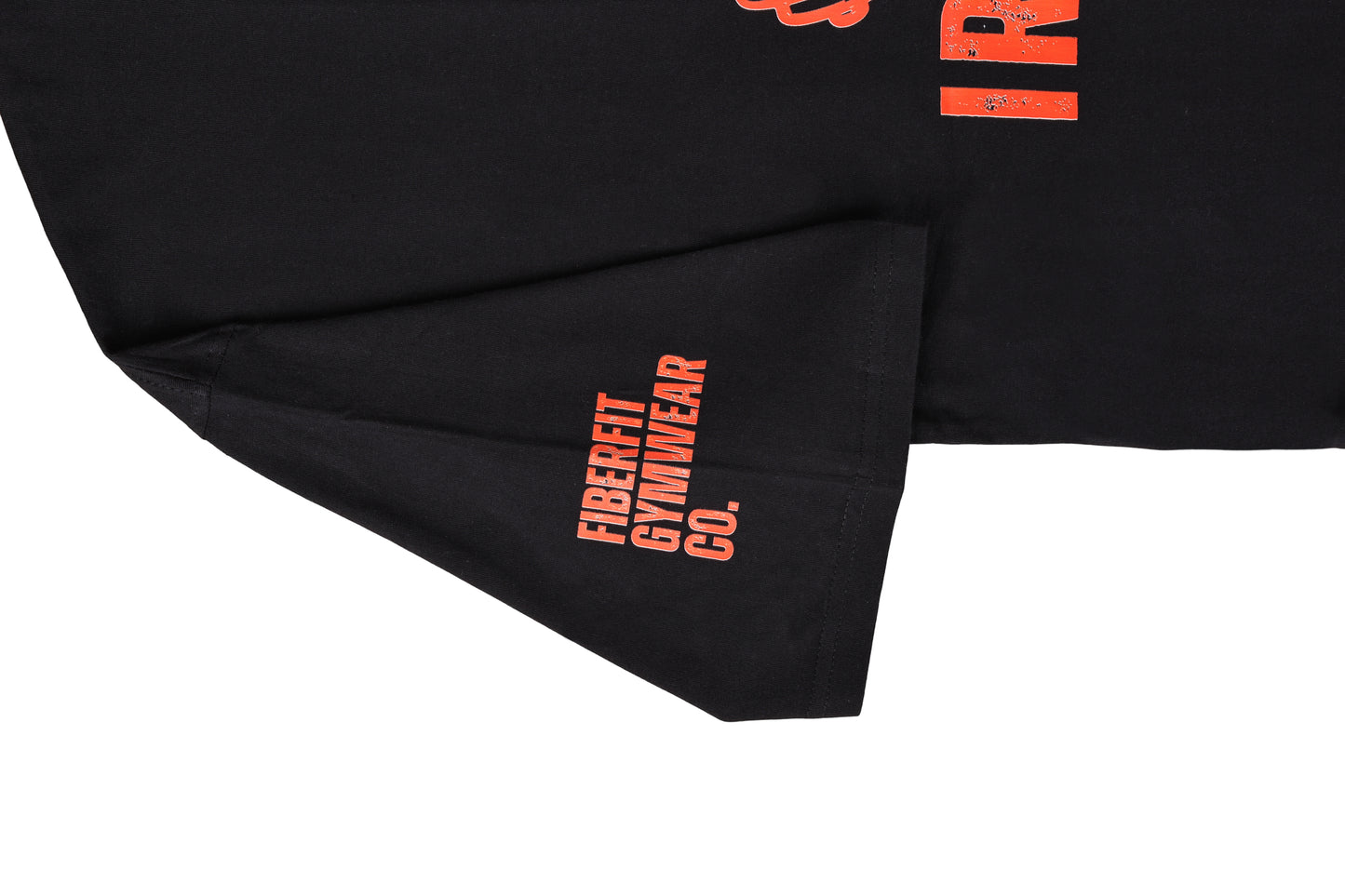
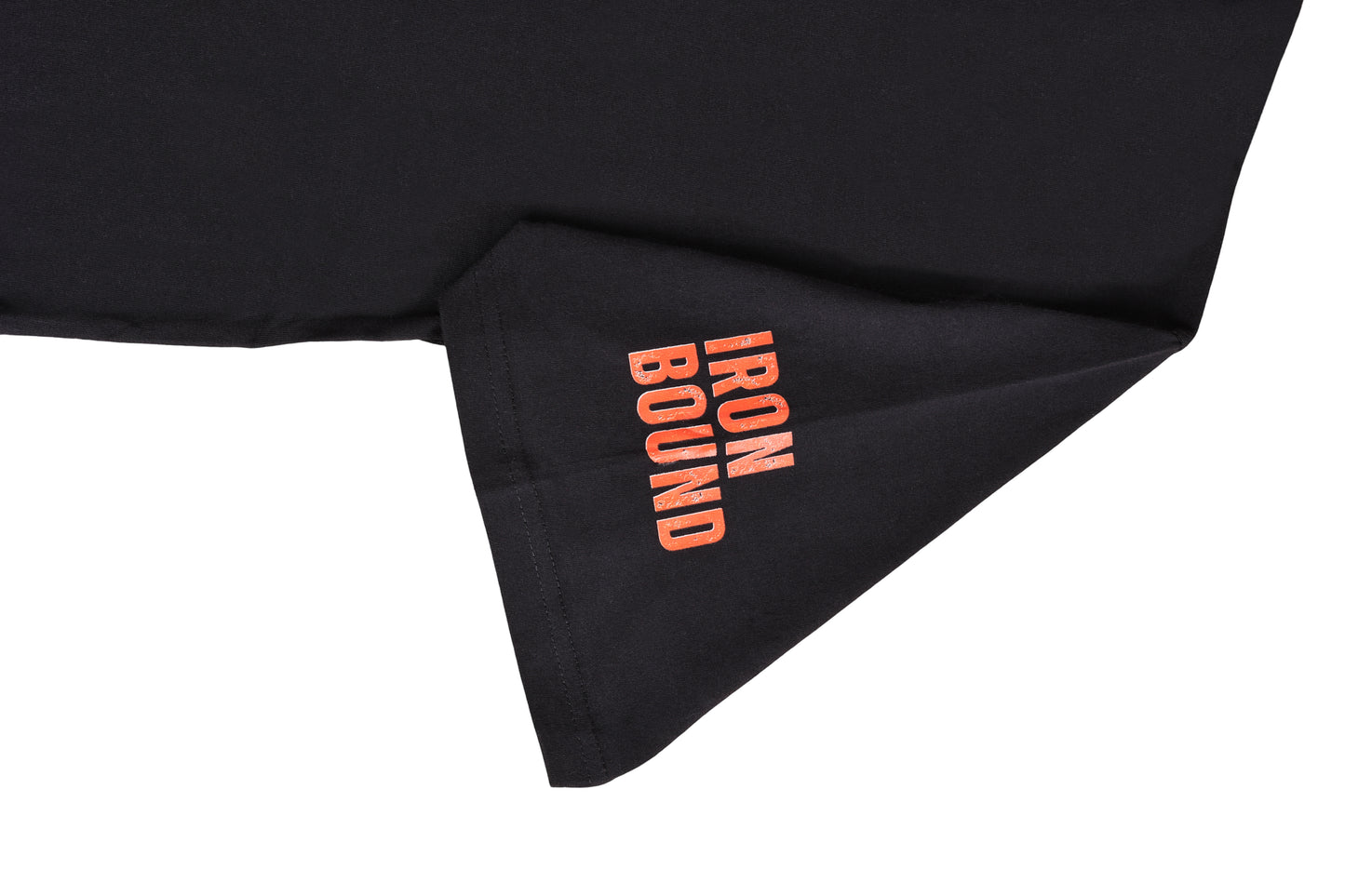

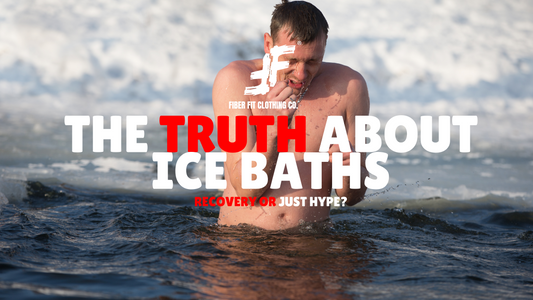



1 comment
Wow, thanks for the fact check, absolutely opposite to what I see on social media, like I was missing out on a lot because I don’t do ice baths. Could you do another article on cold showers?